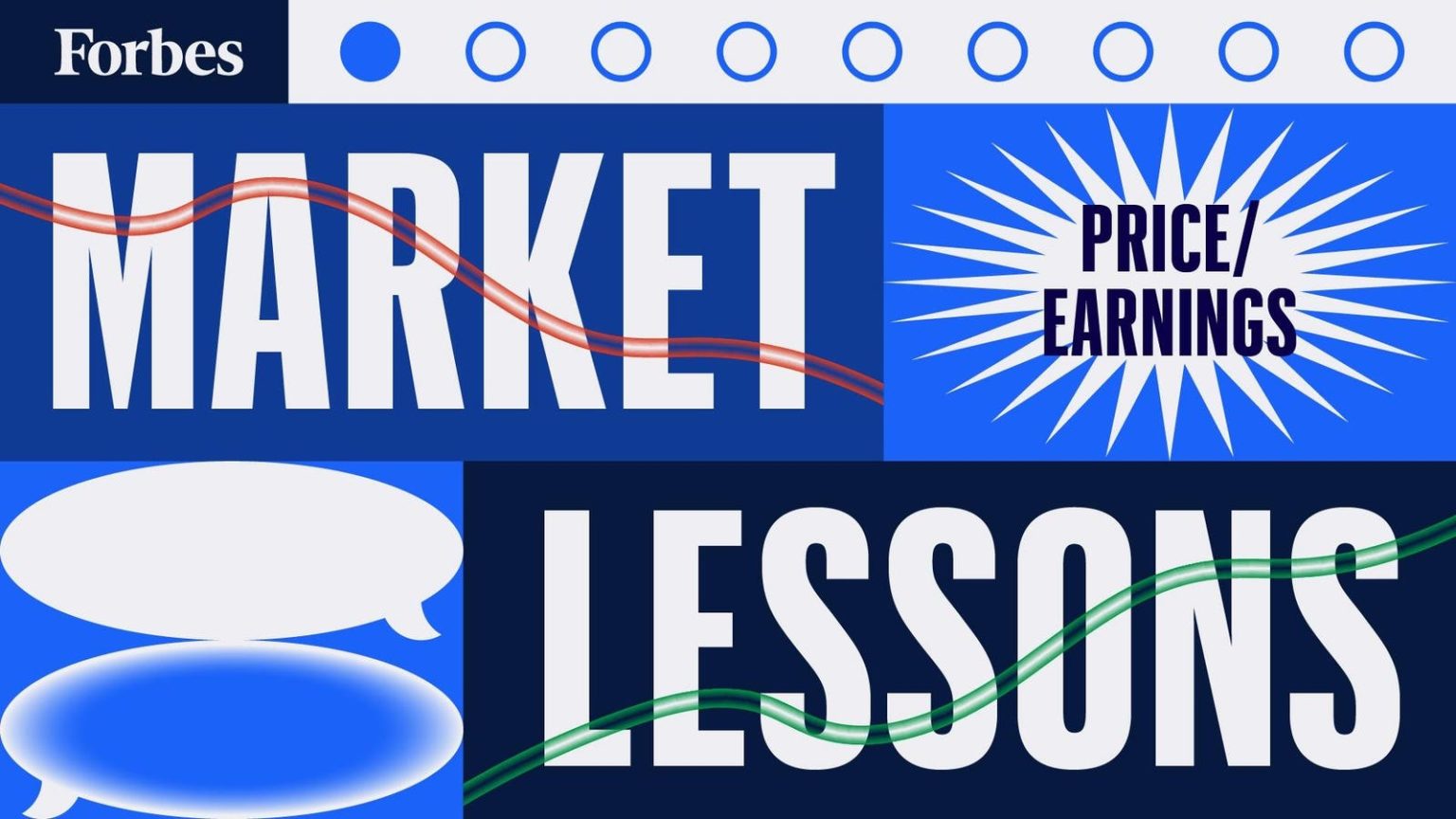Stock analysis is all about the numbers—specifically, how one number relates to another. A ratio, that is, such as the ratio of a stock price to the earnings it represents. The questions to answer: How is a ratio defined? Why does it matter? How high or low does it have to be to make a stock stand out?
Written by Hyunsoo Rim and Segun Olakoyenikan; Edited by William Baldwin
In this 10-part series, Market Lessons: The Ratios That Drive Stock Prices, beginning today and continuing with 10 weekly installments, we will examine the key ratios that analysts and famous billionaire investors, from Warren Buffett to Bill Ackman and Carl Icahn, use to evaluate stocks. There will be ratios that compare a company’s stock market value to its profits, its enterprise value to its sales and its debt to its stockholders’ equity. There will be a number that looks at cash dividends and another that focuses on share buybacks. There will be numbers that get at the quality of earnings. For each ratio, we will display extreme stocks—those that score well above or below the norm.
No single ratio determines whether a stock is a genuine bargain or a company is financially secure. A company could be cheap-looking by one measure but expensive by another, or cheap for a reason or justifiably expensive. A business could be risky when debt is compared to book value but not when debt is compared to market value.
All of these numbers are elements of quantitative analysis, the part of investing that pays no attention to management quality or industry prospects and instead focuses on the numbers in the financial statements. Quantitative methods are not everything in making judgments but they are a necessary first step.
PRICE/EARNINGS
The most basic of metrics for stock valuation is the P/E: share price divided by share earnings. It tells you how many dollars you pay to acquire a dollar of annual earning power.
A high P/E is usually a sign of one of three things: Investors expect terrific growth from the company; the company has valuable assets not generating a commensurate profit; or the profit number is temporarily depressed, such as by a one-time write-off.
A low P/E is likely to reflect one of three converse phenomena: Investors expect miserable growth; the company has some looming liability not yet impacting the bottom line; or the profit number is temporarily inflated, such as from a nonrecurring gain.
For some stocks, no P/E can be reported. The earnings per share is either a negative number or one so close to zero that the ratio is meaningless.
The tables display stocks with earnings multiples far outside the norm. Compare these ratios to what is seen for the average large corporation: The S&P 500 index trades at 28 times its trailing earnings and 22 times the forecast.
Those S&P calculations compare the composite market capitalization of the 500 corporations with their combined net income, money losers included. You get lower multiples by omitting companies with losses; using that method, Morningstar comes up with 21 as the weighted average P/E for the 500 stocks. In the YCharts collection of U.S. firms worth at least $1 billion, a fourth are losing money and the remainder have a median P/E of 22.
Great expectations are in place for the companies on our high-P/E list. They trade at high multiples of both their trailing earnings and what’s expected in 2024. Omitted here: comically high P/Es, such as the 965 multiple recently reported for CrowdStrike Holdings, the cybersecurity outfit, when it eked out a tiny profit.
Palantir has developed very impressive technology that just needs a little more time, so the bulls tell us, to create a gusher of profits. Eli Lilly is trading in part on the successful launch of its anti-obesity drug Zepbound and a diabetes drug that can also be used for weight control. Fair Isaac’s data analysis is a must-have for issuers of credit: You know it for its FICO score.
Most of the wallflowers at the bottom are in unexciting industries. AT&T is perhaps being punished for its clumsy attempt to diversify into content. Altria is in a seemingly doomed line of work. Alongside Tesla, General Motors looks like a lemon.
It might seem that market-beating results could be had by owning cheap companies and shunning the expensive ones. There have been times in the past when that strategy would have worked, but the last decade is not one of them. Since 2014, high-P/E growth stocks have done especially well.
Buyers of low-P/E companies are always at risk of falling into what is called a value trap. In 2020 Bed Bath & Beyond looked like a bargain at 7 times earnings, but even that price turned out to be too rich. The stock went to zero in a 2023 bankruptcy.
There is a reason to pay a premium multiple for a premium business. As Warren Buffett famously said, “It’s far better to buy a wonderful company at a fair price than a fair company at a wonderful price.”
CHEAP
EXPENSIVE
MORE FROM FORBES
Read the full article here

